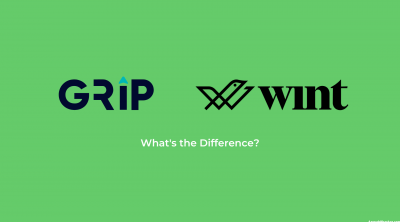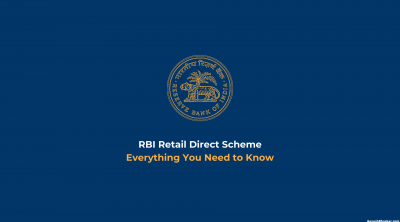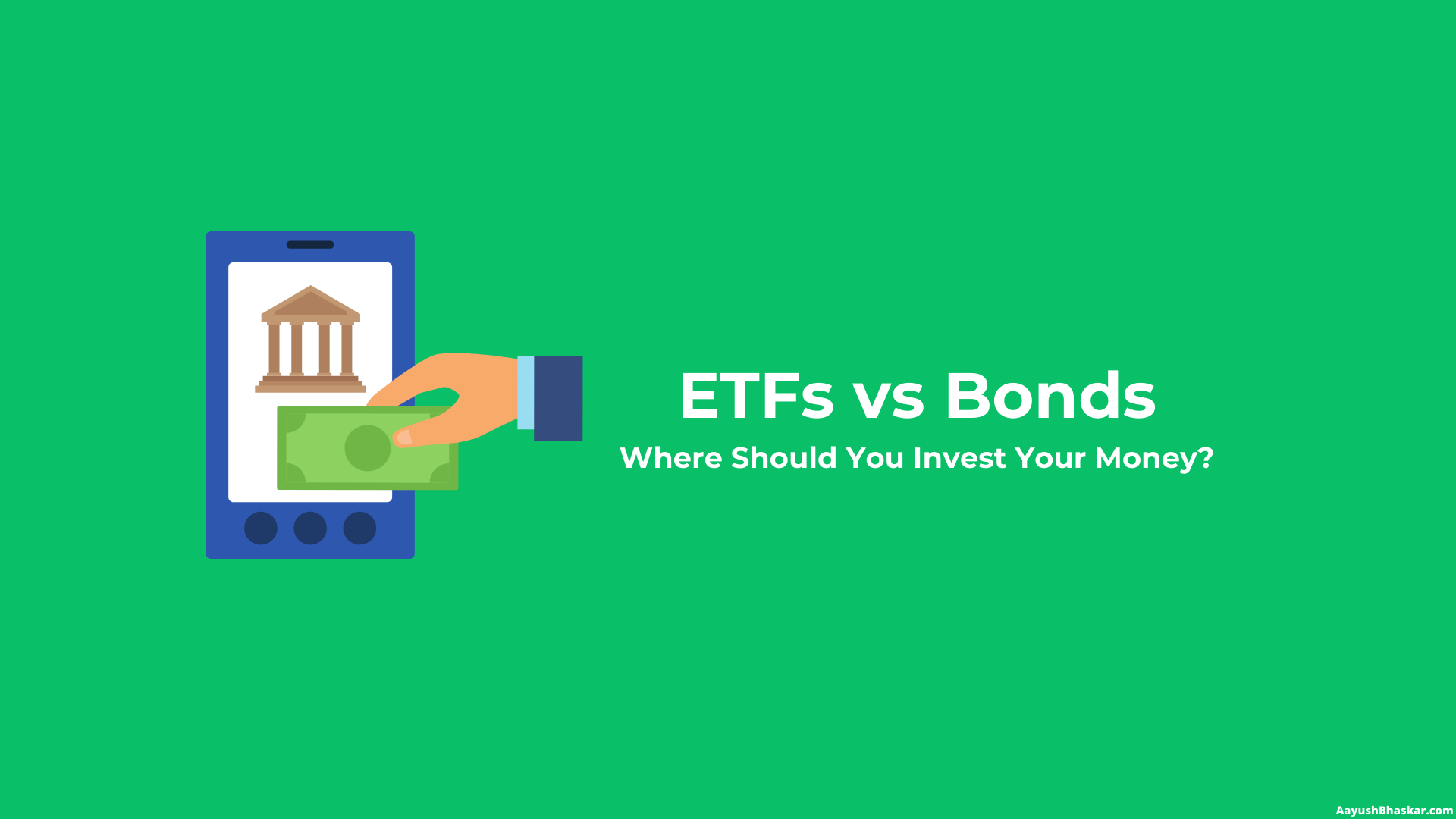Government securities, also known as G-Secs, are a popular investment option in India. These securities are famous because of their low risk and steady returns.
They are issued by the Government of India to finance its spending and borrowings and are backed by the full faith and credit of the government.
This article will provide a step-by-step guide on buying government securities in India. I will cover the different types of G-Secs available, the eligibility criteria for purchasing them, and the process of buying and selling G-Secs.
Whether a seasoned investor or a beginner, this guide will help you understand the mechanics of investing in G-Secs and make informed investment decisions. Let’s get started.
What are Government Securities?
Government securities, also known as G-Secs, are bonds issued by the Government of India to finance its spending and borrowings. They are considered a very safe investment option because of the full faith and credit of the government that backs them.

G-Secs give you a fixed rate of return and are issued with maturities ranging from a few months to several decades. They can be held in either physical or dematerialized (demat) form and are traded on the secondary market through stock exchanges or over-the-counter (OTC) channels.
What are the Features of G-Secs?
Some of the main features of G-Secs in India include the following:
- Fixed-rate of return: G-Secs offer a fixed rate of interest, which is paid regularly (e.g., annually, semi-annually, or quarterly) until the bond matures.
- Low risk: G-Secs are safe investments because the government backs these securities. This means that there is little risk of default or non-repayment.
- Liquidity: G-Secs are highly liquid and easily bought and sold on the secondary market.
- Diversification: G-Secs can diversify a portfolio and reduce overall risk.
Types of Government Securities in India
The Reserve Bank of India issues different types of securities; the main types of G-Secs are:
- Treasury bills: These are short-term debt instruments issued by the government for 91, 182, and 364 days. They are issued at a discount to their face value and are redeemed at face value on maturity. Treasury bills are considered risk-free instruments as the government issues them.
- Dated securities: These are longer-term debt instruments issued by the government for periods ranging from 2 to 30 years. They pay interest to the holder at periodic intervals and are redeemed at face value on maturity.
- State development loans: These are debt securities issued by state governments to fund infrastructure and development projects. They are usually issued for periods ranging from 5 to 15 years.
Apart from these, the government also issues other types of securities: CMBs, TIPS, Zero-Coupon Bonds, Capital Indexed Bonds, Floating Rate Bonds, etc.
All of these G-Secs are listed on the stock exchanges and can be bought and sold by investors. They are considered safe investment options as the government issues them, but they also tend to have lower returns than other securities, such as corporate bonds.
Eligibility Criteria for Government Securities in India
The eligibility criteria for participating in the auctions and purchasing G-Secs are as follows:
- Age: There is no age limit for purchasing G-Secs.
- Income: There is no income requirement for purchasing G-Secs.
- Nationality: Indian citizens and non-resident Indians (NRIs) can purchase G-Secs. However, NRIs must adhere to India’s Foreign Exchange Management Act (FEMA) and other investment regulations.
To participate in the auction and purchase G-Secs, you or any entity must have a demat account. You should have an active trading account with a registered SEBI (Securities and Exchange Board of India) broker or a depository participant.
The auction process for G-Secs is conducted through the Negotiated Dealing System (NDS) and the Reporting platform for Income Schemes (R-PIS), electronic platforms managed by the RBI.
You must also note that the eligibility criteria for purchasing G-Secs may vary depending on the security being offered and the terms of the auction. It is always advisable to consult with a financial advisor or the RBI for more information on the specific requirements for purchasing G-Secs.
Step By Step Guide to Buy Government Securities in India
The process of buying G-Secs involves the following steps:
1. Open a Demat Account
A demat account is required to hold G-Secs electronically. To open a demat account, you must approach a Depository Participant (DP). It should be registered with the National Securities Depository Limited (NSDL) or the Central Depository Services Limited (CDSL).
You will need to fill out an application form and submit the required documents, such as proof of identity, proof of address, and PAN card.
2. Select a Broker
To participate in the G-Sec auction, you will need to select a SEBI (Securities and Exchange Board of India) registered broker who is a member of the NDS (Negotiated Dealing System) and the R-PIS (Reporting platform for Income Schemes).
You can choose a broker based on their reputation, fees, and customer service.
3. Place an Order
To place an order for G-Secs, you must follow the steps outlined by your broker. This may include filling out an online form with details such as the type of security you want to buy, the quantity, and the price you are willing to pay. The broker will then submit your bid through the NDS or R-PIS platform.
4. Wait For the Auction
The RBI conducts G-Sec auctions regularly and announces the details of the securities being offered and the auction schedule in advance. You can check the schedule and participate in the auction by placing your bid through your broker.
5. Receive the Securities
If your bid is successful, the securities will be credited to your demat account on the settlement date, typically two business days after the auction. If your bid is unsuccessful, your funds will be returned to you.
For example, if you are using Zerodha as your broker, here is how you can buy G-Secs:
- First, you will have to check whether the RBI has started the auction you want to participate in.

- Once you are sure, go to Coin Web and log in using your Kite credentials.

- On the dashboard, you will see “Government bonds” tap on it.

- Under each type, you will see listings of multiple offers when they are open for order.

- Currently, no bonds or securities live for purchase from the RBI.
- You can tap “Click here” to check when the securities will be open for investment.

- When the orders are live, you can select the G-Sec you want to invest in and click on “Place Order”

Image credit: Twitter Zerodha
- Then select the number of units you want to buy.
- Click on “Confirm” to complete your order
Step By Step Guide to Sell Government Securities in India
The process of selling G-Secs is almost the same as the buying process, with minor changes as you reach the actual selling point. Let us check it out:
1. Place an Order
To sell G-Secs, you will need to follow the steps outlined by your broker. This may include filling out an online form with details such as the type of security you want to sell, the quantity, and the price you are willing to accept.
The broker will then submit your offer through the NDS or R-PIS platform.
2. Wait For a Buyer
The G-Secs will be available for purchase by other investors through the NDS or R-PIS platform. If a buyer is found, the securities will be transferred to the buyer’s demat account on the settlement date, typically two business days after the sale.
3. Receive Payment
Once the securities have been transferred, you will receive payment for the sale. The payment will be credited to your bank account or made through a cheque, depending on the terms of the sale and your broker’s policies.
Let me give you an example of how to sell G-secs if you are using Zerodha as your broker:
- Go to your Zerodha account holdings; you can also click here.
- Select the G-secs you want to sell, click on “Options”, and then click on “Exit”

- Now select the limit option, and enter the price you want to sell at.

- Click on “Sell” to sell your holdings.
Risks and Returns of Government Securities in India
Risks of Government Securities in India
The potential risks of investing in G-Secs in India include the following:
- Credit risk: The government faces constant financial turmoil. Due to its financial difficulties, it might be unable to make timely payments of principal and interest on the securities. However, this risk is generally considered low for G-Secs issued by the government of India in particular. Because we, as a country, have a strong track record of making timely payments on our debt obligations.
- Interest rate risk: G-Secs are sensitive to changes in interest rates. If interest rates rise, the value of existing G-Secs with lower interest rates may fall. This can result in a capital loss for the investor. On the other hand, if interest rates fall, the value of G-Secs with higher interest rates may increase, offering a capital gain.
- Inflation risk: G-Secs generally have a fixed interest rate. So, the government may erode the value of the money you earn through interest over time. For example, if the inflation rate is higher than the interest rate on a G-Sec, the value of the interest payments in purchasing power may decrease over time.
Returns of Government Securities in India
The potential returns of investing in G-Secs in India include the following:
- Regular income: G-Secs generally offer a fixed interest rate, which is paid to the investor regularly (e.g., monthly, quarterly, or annually). This can provide a regular source of income for investors.
- Capital appreciation: The value of G-Secs may increase over time due to changes in interest rates or market demand for the securities. This can result in capital appreciation for the investor.
- Safety: As stated earlier, G-Secs are generally considered a safe investment as they are issued by the government of India, which has the power to collect taxes and other revenues to make timely payments of principal and interest.
Conclusion
G-Secs, or government securities, are debt instruments issued by the government to raise funds for various purposes. G-secs are safe because the government can collect taxes and other revenues regardless of economic conditions. This allows the government to make timely payments of principal and interest to the holders of the securities.
The potential risks of investing in G-Secs include credit risk, interest rate risk, and inflation risk. However, the potential returns of investing in G-Secs include regular income, capital appreciation, and safety.
Before deciding, you should carefully consider the potential risks and returns of investing in G-Secs. G-Secs can be a good investment if you are looking for a safe and stable source of income or are interested in preserving your investments’ purchasing power over the long term.
Overall, G-Secs can be a valuable addition to a diversified financial portfolio, particularly if you want to invest in a relatively safe and stable investment option.








Leave a Reply